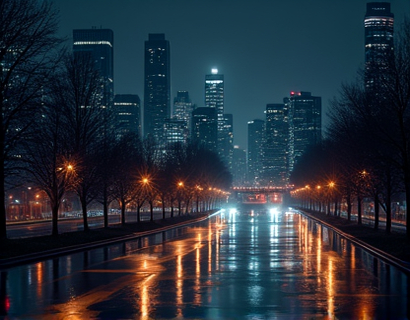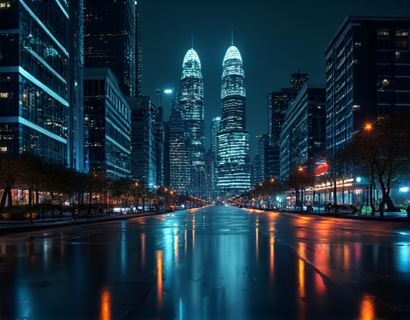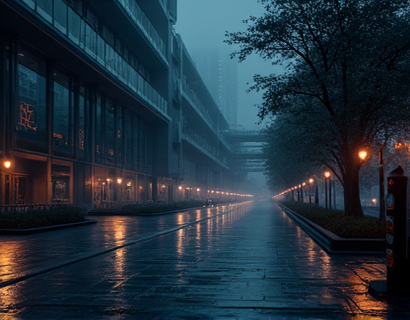Unveiling the Ancient Heritage and Local Wonders of the Indus Valley
The Indus Valley, a cradle of one of the world's oldest civilizations, beckons travelers and cultural enthusiasts with its rich tapestry of history, architecture, and natural beauty. Spanning across present-day Pakistan and northwestern India, this region offers a profound journey into the past, where the echoes of ancient cities and sophisticated urban planning still resonate. This comprehensive travel guide delves deep into the cultural heritage, historical landmarks, and practical travel tips, ensuring that your exploration of the Indus Valley is both enriching and unforgettable.
Historical Significance and Cultural Heritage
The Indus Valley Civilization, dating back to around 3300 BCE, is one of the earliest urban civilizations alongside those of Mesopotamia and Egypt. The cities of Harappa and Mohenjo-Daro, now archaeological sites, were once bustling centers of trade, culture, and innovation. The civilization is renowned for its advanced urban planning, sophisticated drainage systems, and the use of standardized weights and measures. The people of the Indus Valley were skilled artisans, creating intricate pottery, jewelry, and seals adorned with mysterious scripts that remain undeciphered to this day.
The cultural heritage of the Indus Valley is a testament to the ingenuity and sophistication of its people. The discovery of the Great Bath in Mohenjo-Daro, a large public bathing facility, suggests a deep understanding of hygiene and social organization. The seals and figurines found at various sites provide insights into the religious and social life of the civilization. The terracotta figurines, often depicting female forms, are particularly noteworthy, hinting at a matriarchal or goddess-worshipping society.
Exploring Historical Landmarks
Visitors to the Indus Valley have the opportunity to walk through the remnants of a civilization that thrived over 5,000 years ago. The archaeological sites of Harappa and Mohenjo-Daro are must-visits for anyone interested in ancient history. Harappa, located in Punjab, Pakistan, offers a sprawling site with well-preserved structures, including the Citadel and the Lower Town. The Citadel features the iconic Great Bath, a marvel of engineering for its time, while the Lower Town showcases the residential areas with their sophisticated drainage and water supply systems.
Mohenjo-Daro, situated in Sindh, Pakistan, is equally impressive. The city is divided into two main parts: the Citadel and the Lower Town. The Citadel stands on a raised platform and houses the Great Bath, as well as several granaries and public buildings. The Lower Town, with its grid-like street pattern and well-planned houses, provides a glimpse into the daily life of the Indus people. The Drainage System at Mohenjo-Daro is another highlight, demonstrating the advanced engineering skills of the civilization.
Beyond these major sites, there are numerous smaller settlements and artifacts scattered across the region. The site of Rakhigarhi in Haryana, India, is one such place, often referred to as the "missing link" between Harappa and Mohenjo-Daro. It offers a more rustic and less crowded experience, allowing visitors to explore the ruins in a more intimate setting.
Local Attractions and Hidden Gems
While the archaeological sites are the primary draw, the Indus Valley region is also home to a variety of local attractions that offer a different perspective on the area's rich history and natural beauty. The Cholistan Desert, straddling the border between Pakistan and India, is a vast sandy expanse that was once part of the Indus Valley. Today, it is a protected area known for its unique flora and fauna, including the rare Chinkara gazelle. A visit to the desert can be combined with a tour of the ancient sites, providing a contrast between the arid landscape and the once-thriving civilization.
The city of Multan in Pakistan, often called the "City of Saints," is another hidden gem. Known for its Sufi shrines and vibrant culture, Multan offers a glimpse into the region's Islamic heritage, which followed the Indus Valley Civilization. The Shah Rukn-e-Alam, a 13th-century minaret, and the Tomb of Sultan Bahu are notable landmarks. The local markets, with their colorful fabrics and traditional crafts, provide a lively and authentic experience.
For nature lovers, the Indus River itself is a significant attraction. The river, which gave the civilization its name, continues to play a crucial role in the region's agriculture and ecology. A boat ride along the river offers a serene way to appreciate the landscape, with opportunities to see local wildlife and fishing communities. The confluence of the Indus with the Ravi River in Pakistan is a particularly scenic spot.
Practical Travel Tips
Planning a trip to the Indus Valley requires some preparation to ensure a smooth and enjoyable experience. Here are some practical tips to consider:
- Best Time to Visit: The cooler months from October to March are ideal for exploring the archaeological sites, as the temperatures are more manageable.
- Local Guide: Hiring a local guide can greatly enhance your visit, providing historical context and insights that are not readily available in guidebooks.
- Dress Appropriately: Comfortable walking shoes, lightweight clothing, and sun protection are essential. Modest dress is recommended when visiting religious sites.
- Stay Hydrated: The climate can be hot and dry, so carry plenty of water and snacks.
- Respect Local Customs: Show respect for local traditions and religious sites by dressing appropriately and following local norms.
Accommodation options range from luxury hotels in cities like Lahore and Multan to budget-friendly guesthouses and homestays near the archaeological sites. Booking in advance, especially during peak travel seasons, is advisable to secure the best options.
Culinary Delights
The cuisine of the Indus Valley region is a delightful blend of flavors, influenced by its history and geography. Traditional dishes such as biryani, kebabs, and various types of flatbreads are staples of the local diet. Visit local restaurants and street food stalls to sample these culinary delights. Don't miss trying the regional specialties like Sindhi curries and Punjabi dishes, which offer a taste of the area's rich culinary heritage.
For a unique dining experience, consider a meal at a local home, where you can enjoy home-cooked food and interact with the host family. This is a great way to immerse yourself in the local culture and gain a deeper understanding of the region's way of life.
Cultural Experiences
Beyond the historical sites, the Indus Valley offers a rich cultural tapestry that is best experienced through its festivals, crafts, and performances. The annual Urs of Data Ganj Baksh in Lahore, a Sufi festival celebrating the life of a revered saint, is a must-attend event for cultural enthusiasts. The festival features music, dance, and poetry, providing a vibrant showcase of the region's spiritual and artistic traditions.
Local crafts, such as block printing, embroidery, and pottery, are thriving industries in the region. Visiting artisan workshops and markets allows you to see these crafts being made and even purchase unique souvenirs. The city of Bhera in Pakistan is particularly famous for its traditional block printing, while the markets of Multan offer a wide array of handmade goods.
Music and dance are integral parts of the local culture. Qawwali, a form of devotional music with roots in Sufism, is particularly popular. Attending a qawwali performance, either at a dedicated venue or during a festival, is a profound cultural experience that resonates deeply with the region's spiritual heritage.
Conclusion
The Indus Valley is a treasure trove of ancient history, cultural richness, and natural beauty, offering an unparalleled journey for travelers and cultural enthusiasts. From the archaeological wonders of Harappa and Mohenjo-Daro to the local attractions and culinary delights, every aspect of the region promises a memorable and enlightening experience. By embracing the local customs, respecting the history, and exploring the hidden gems, visitors can truly uncover the timeless allure of the Indus Valley.










































